Are there ingredients from GE Plants in my Food?
In this activity, students will examine a variety of foods and their ingredients to determine which foods contain ingredients that may have come from genetically engineered plants.
In this activity, students will examine a variety of foods and their ingredients to determine which foods contain ingredients that may have come from genetically engineered plants.
Pair this activity with lessons on selective breeding. Students will identify desirable genetic traits in apples and use a coin flip to simulate the steps and time involved to breed a new cultivar of apple.
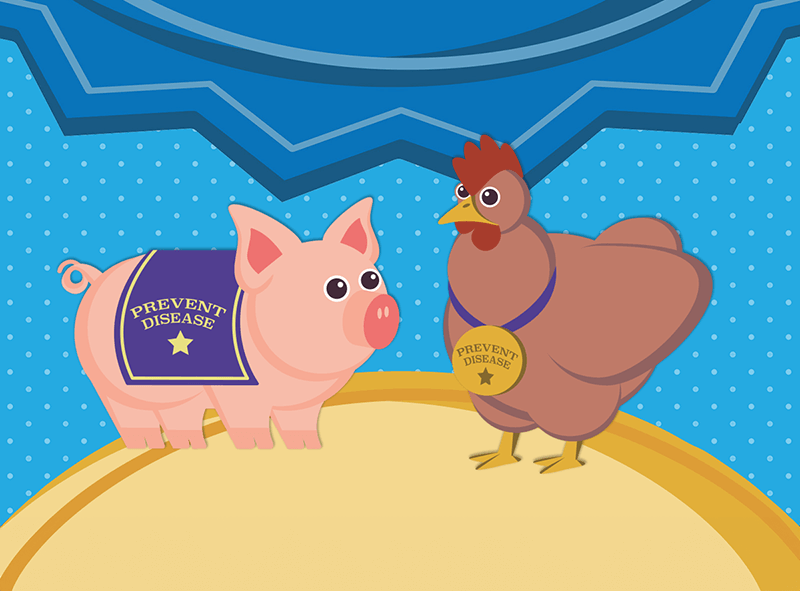
Using the context of a county fair livestock show, students explore how zoonotic diseases are spread. This program is designed to educate youth about the spread of disease and best practices for human and animal interaction. The online module can be accessed directly for virtual or remote learning. For in-person learning, see the full lesson plans linked below for upper elementary and secondary classrooms.
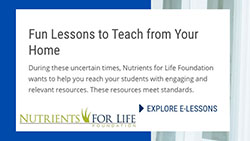
Browse a library of elessons related to soil science. These videos are ideal for distance learning.
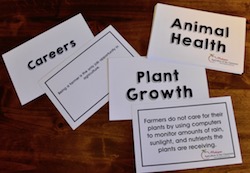
You're scrolling through social media and come across a food meme. Is this fact or fiction? Use this activity to help students debunk food and farming misconceptions. Then, put these resources to work by incorporating the agricultural themes into student research projects.
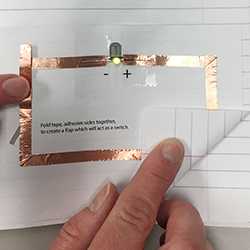
Paper circuits are an exciting way for students to learn how electrical circuits work. This activity gives students a foundation for what a circuit is and how to create a closed, series, parallel, and open circuit using a few simple supplies. The concepts learned in this introductory activity are a springboard for more complicated electrical projects such as sewing circuits and building prototypes controlled by Arduino boards.
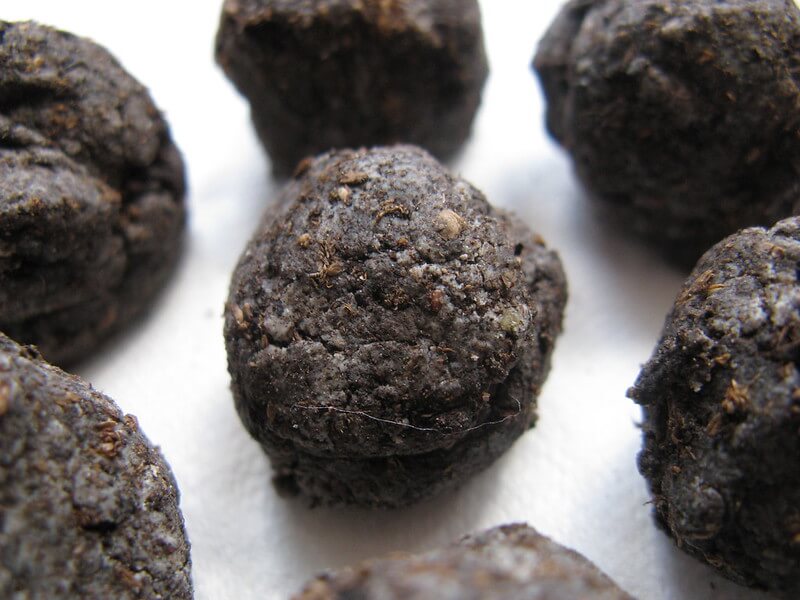
Use these instructions from KidsGardening.org to make seed balls as a fun and inexpensive way to sow native plants and flowers! Seed balls are a small collection of seeds, compost/soil, and clay. They are commonly used to revegetate areas burned by wildfires but can also be used on a smaller scale in home gardens and classrooms.
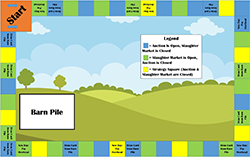
Farming is a risky business. Droughts and severe storms, equipment problems and outbreaks of animal disease can all occur unexpectedly and impact a farm negatively. This printable classroom board game teaches secondary students about animal disease management. Students take roles as a farmer, accountant, purchaser, or veterinarian to manage a pig farm. They will learn and use methods to prevent disease such as vaccinations and quarantine as they buy and sell animals at the auction.
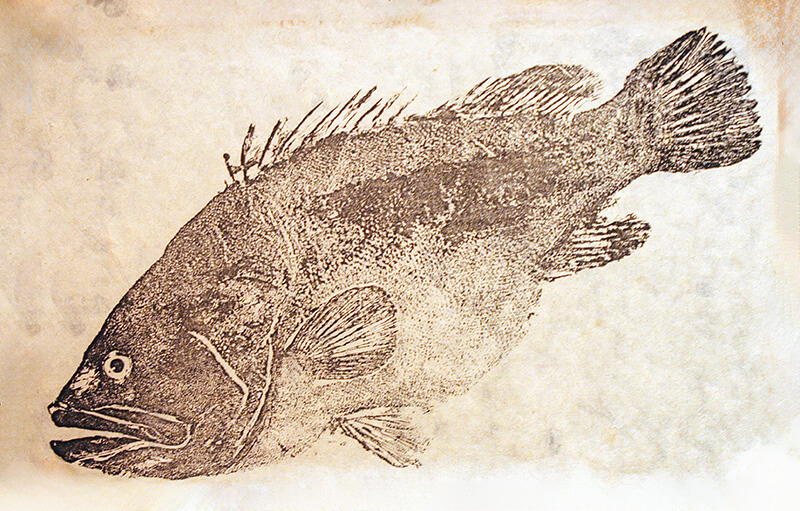
In this activity the students will identify the parts and functions of a fish, explore the Japanese art of fish printing known as gyotaku, and label their gyotaku print with the parts of a fish.
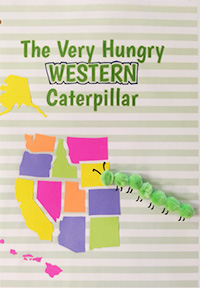
Based off of Eric Carle's The Very Hungry Caterpillar, this caterpillar takes a journey through the Western United States as he eats some of the most popular agriculture commodities in each state. This book can be made individually by students or used as a classroom copy.
This 20-minute activity allows students to apply their knowledge of reading food labels and identifying the nutrient content of food. Students work in groups and are challenged to create a nutritious meal with processed foods. This is an ideal capstone activity for a lesson on reading food labels and determining the nutrient content of foods.
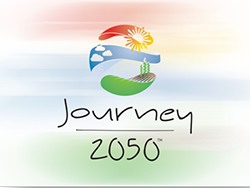
Journey 2050 is a program helping students engage in world food sustainability at a local and global scale. The program contains seven lessons which are aligned to education standards for both 6-8th grade and 9-12th grade. Use this project-based learning approach as a capstone to develop a plan to support sustainable agriculture.